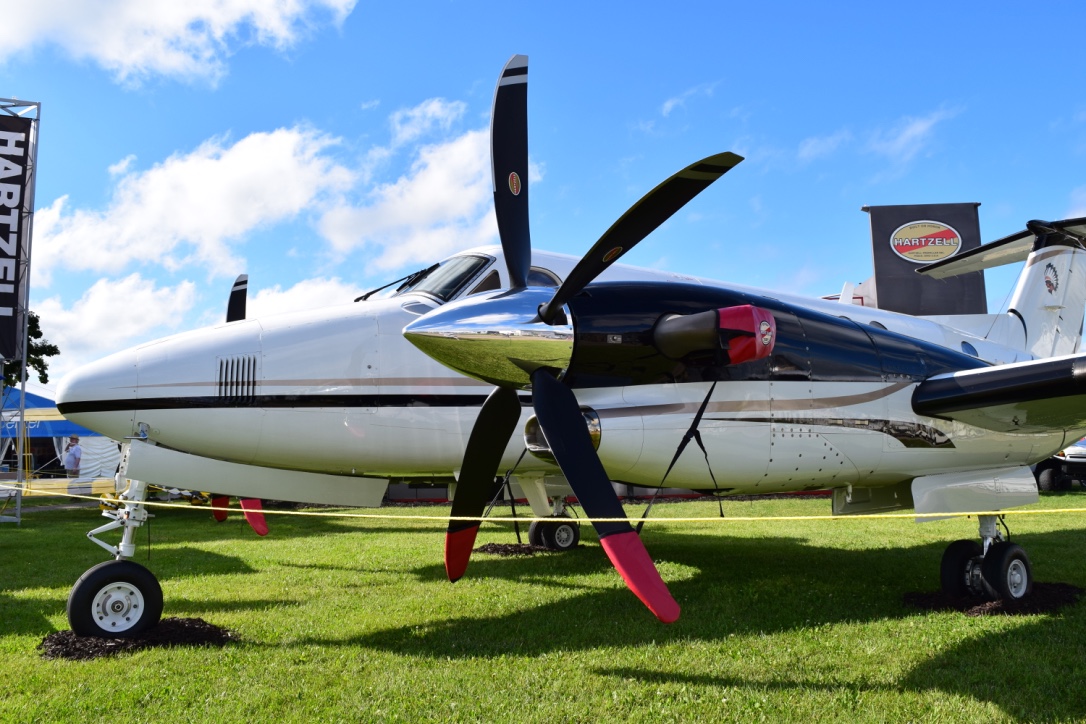
After a long, cold winter, many pilots in northern latitudes are ready to enjoy the warm, sunny days of the upcoming spring flying season. But before you hop in the cockpit, it’s essential to bring your aircraft out of “hangar hibernation” with proper cleaning, inspection, and preventative maintenance.
Clean and debug the aircraft
Spring is the perfect time to give your aircraft a deep clean. Take advantage of the warmer weather to wash the outside of your airplane and clear away any bugs, dirt, or oil that may have accumulated on the surface. When cleaning your aircraft propeller, use the mildest cleaning solution possible (we suggest a simple solution of dish soap and water) and make sure to wash your blades in the down position, so the water doesn’t run back toward the propeller hub. You should also clean the glass on your aircraft with an aircraft-specific Plexiglas polish to prevent scratches and preserve the life of your windows.
Organize the interior
After you’ve cleaned and polished the outside of your aircraft, it’s time to give the interior some much-needed attention. Clear out any trash or rags, and restock important items like flashlights, batteries, and checklists. Then, vacuum the interior and clean the panel and windows from the inside.
Inspect for problem areas
As you clean the interior and exterior of your aircraft, you should also be looking for any signs of corrosion, leaks, or other mechanical issues. For example, cold temperatures may cause leaks in rubber hoses, which you can detect by looking for signs of blue staining around the engine components. Take time to carefully inspect your aircraft propeller for any obvious signs of damage such as nicks and gauges, missing hardware, or signs of erosion. If you do notice any problem areas, it’s best to get them addressed quickly by an expert.
Check the tire pressure
Cold temperatures may significantly lower your tire pressure, especially if the aircraft has been parked in the same position for a while. Use a pressure gauge to make sure your tires are properly inflated to the pressure indicated in the Pilot’s Operating Handbook to avoid takeoff and landing problems.
A safe flying season starts with proper care and preventative maintenance of your aircraft. Especially if your plane has been sitting for a long period of time, giving it a little extra attention now will pay off when you’re ready to get back in the skies!